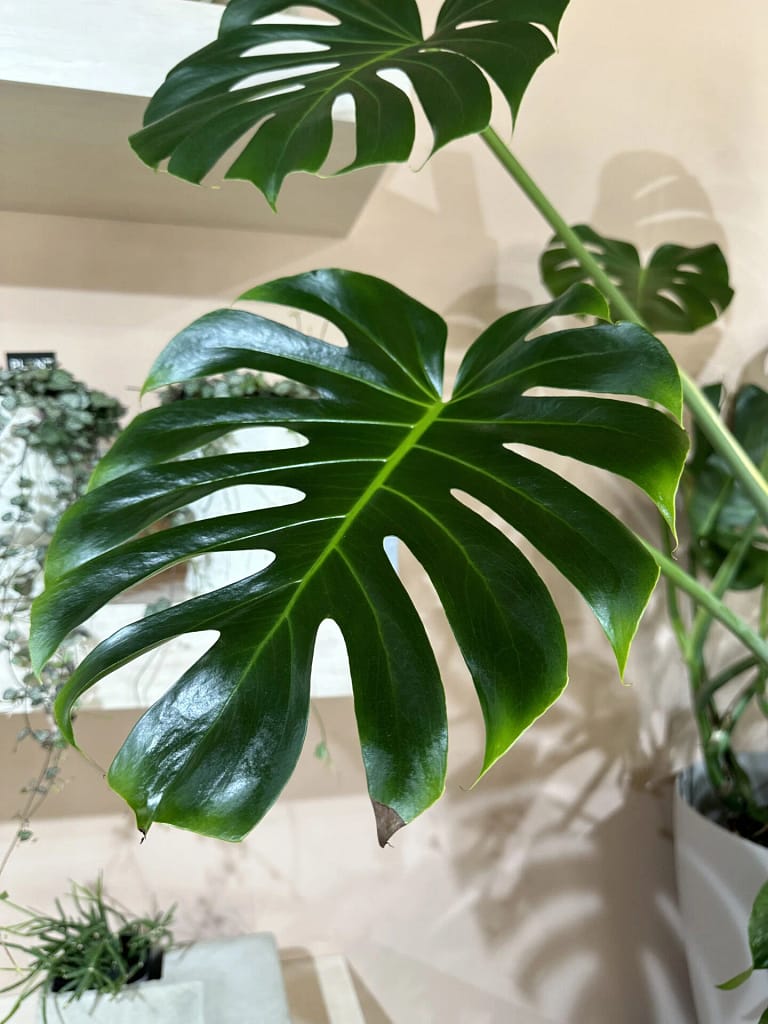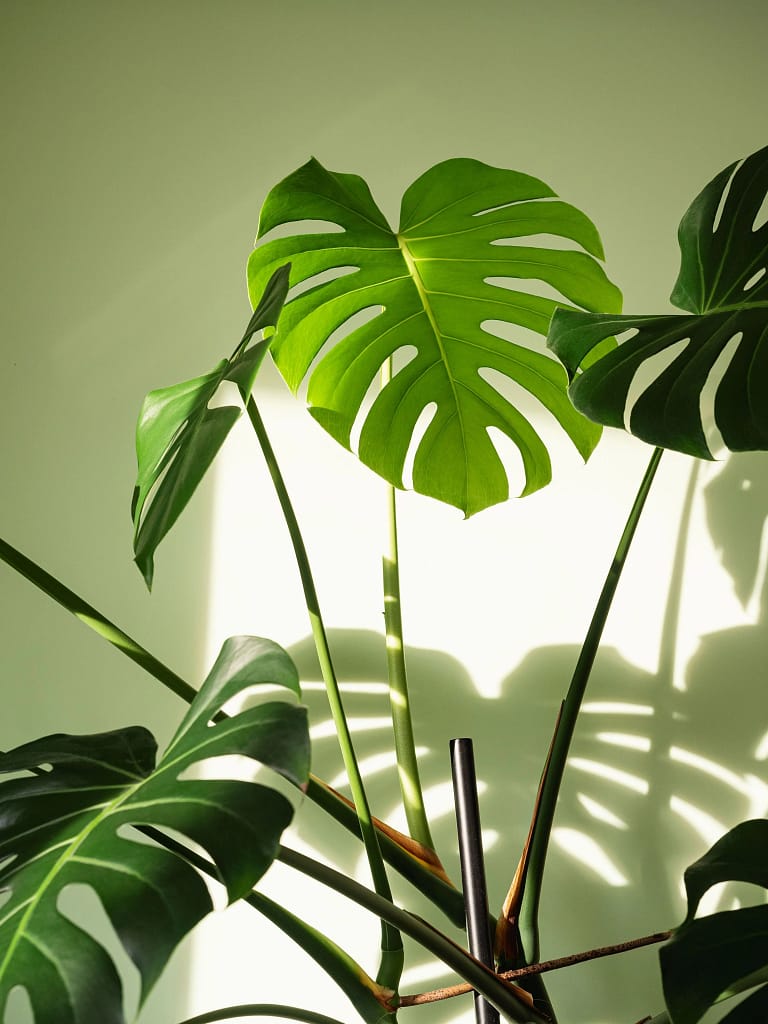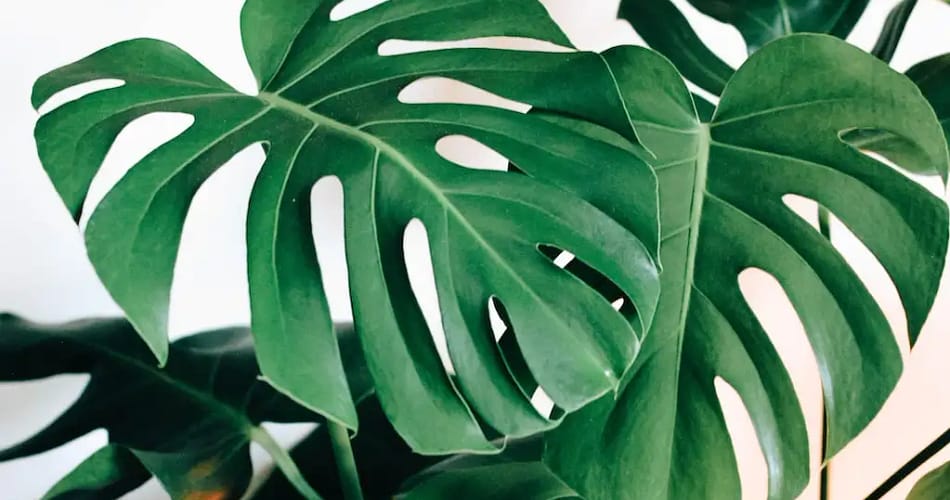Explore the allure of Monstera plants in indoor settings with our comprehensive guide. Learn essential care tips, propagation techniques, and styling ideas to cultivate lush, iconic foliage that transforms any space into a green oasis.
Planting Monstera Plants Country-Wise: Tailored Techniques for Growing Your Indoor Greenery
Are you eager to cultivate lush Monstera plants in your home, but unsure where to start? Whether you’re in the United States, India, Australia, or beyond, each country offers unique insights into nurturing these iconic indoor beauties. Here’s a comprehensive guide to planting Monstera plants country-wise, with tailored techniques to ensure your greenery thrives.
United States: Embracing Monstera in Diverse Climates
In the United States, Monstera plants flourish in diverse climates from coast to coast. Opt for a good quality-draining potting mix and place your plant in bright, indirect light. In warmer regions like California and Florida, ensure the plant receives filtered sunlight to prevent leaf scorching. Water your plant moderately, ensuring the soil dries slightly between waterings, and apply fertilizer during the growing season to promote robust growth.
India: Thriving in Tropical and Subtropical Zones
In tropical and subtropical regions of India, Monstera plants thrive with consistent warmth and humidity. Choose a location with indirect sunlight and a well-draining soil mix rich in organic matter. During the monsoon season, adjust watering frequency to accommodate increased humidity levels, ensuring the soil remains moist but not waterlogged. Regularly mist the leaves to mimic the plant’s natural rainforest environment, promoting lush growth and vibrant foliage.
Australia: Cultivating Monstera in Temperate Climates
In Australia’s temperate climates, Monstera plants thrive with proper attention to light and moisture. Select a location with filtered sunlight or bright indirect light, especially in regions like Queensland and New South Wales. Use a well-draining potting mix tailored for tropical plants, and water consistently to maintain soil moisture without saturating the roots. In colder months, decrease watering frequency and adjust indoor humidity levels to encourage optimal growth.
Brazil: Nurturing Monstera in Subtropical Splendor
Brazil’s subtropical regions provide an ideal environment for Monstera plants, with ample warmth and moisture. Plant in a well-draining soil mix enriched with organic nutrients, and place in a location with bright, indirect sunlight. During the rainy season, adjust watering to prevent waterlogging, ensuring the soil remains evenly moist. Regularly prune to manage growth and promote air circulation, enhancing the plant’s resilience against humidity-related issues.

Planting a Monstera Plant
- Choose the Right Pot: Select a pot that is 1-2 inches larger in diameter than the current pot. Ensure it has drainage holes to prevent waterlogging, which can lead to root rot.
- Prepare the Potting Mix: Monstera plants prefer a well-draining, aerated potting mix. An optimal blend includes peat moss, perlite, and pine bark. For enhanced drainage and purification, charcoal can also be added.
- Inspect the Plant: Before repotting, inspect your Monstera plant for any signs of disease or pests. Common issues include root rot (caused by overwatering), yellowing leaves (could indicate overwatering or nutrient deficiency), or pests like spider mites or mealybugs.
- Repotting Process:
- Carefully take the plant out of its existing pot, ensuring you do not harm the roots.
- Shake off excess soil and inspect the roots. Trim off any black, mushy roots which could be a sign of root rot.
- Place the plant in the new pot and fill in around it with the prepared potting mix, ensuring the roots are well-covered but not buried too deeply.
- Watering: After repotting, water your Monstera plant thoroughly but allow the top inch or so of soil to dry out before watering again. Overwatering is a common issue, so monitor the soil moisture carefully.
- Placement: Monstera plants prefer bright, indirect light. Avoid direct sunlight, otherwise direct sunlight can scorch the leaves. They thrive in warm, humid conditions, making them ideal for bathrooms or kitchens with higher humidity levels.
Common Diseases and Solutions
- Root Rot:
- Symptoms: Yellowing leaves, wilting, and black, mushy roots.
- Solution: Improve drainage by using a well-draining potting mix and ensuring pots have drainage holes. Decrease the frequency of watering and allow the soil to dry out between each watering.
- Yellowing Leaves:
- Symptoms: Yellow leaves can indicate overwatering, underwatering, or nutrient deficiency.
- Solution: Adjust your watering schedule—ensure the soil is moist but not waterlogged. Feed with a balanced fertilizer during the growing season to provide necessary nutrients.
- Pests (e.g., Spider Mites, Mealybugs):
- Symptoms: Include webbing on leaves (indicating spider mites) and cottony white masses on stems or leaves (indicating mealybugs).
- Solution: Treat with insecticidal soap or neem oil. Wipe down leaves with a damp cloth regularly to keep pests at bay. Isolate infected plants to prevent spread.
- Nutrient Deficiency:
- Symptoms: Yellowing leaves with green veins can indicate nitrogen deficiency. Brown leaf tips might indicate potassium deficiency.
- Solution: Feed with a balanced, water-soluble fertilizer formulated for houseplants. Follow instructions on the fertilizer package for frequency and dosage.

Why is my Monstera plant not developing splits or holes in its leaves?
There are several possible reasons why your Monstera plant may not be developing splits or holes in its leaves:
- Young Age: Monstera plants typically start developing fenestrations (splits and holes) once they reach maturity, which can take several years. Younger plants or those grown from cuttings may not show these characteristics until they are older.
- Light Levels: Monstera plants require bright, indirect light to encourage healthy growth and leaf fenestration. If your plant is not receiving enough light, it may grow leaves with fewer or no splits. Ensure it’s placed where it gets adequate but indirect sunlight.
- Nutrient Deficiency: Lack of essential nutrients, particularly calcium and magnesium, can affect leaf development. Make sure to fertilize your Monstera plant regularly during the growing season with a balanced fertilizer to provide necessary nutrients.
- Genetics and Varieties: Some Monstera varieties naturally have more pronounced fenestrations than others. For example, Monstera deliciosa ‘Thai Constellation’ tends to have more variegation but may develop less fenestrations compared to the standard green Monstera deliciosa.
- Environmental Factors: Temperature fluctuations, humidity levels, and inconsistent watering practices can stress the plant and affect leaf development. Monstera plants prefer stable conditions with moderate humidity and regular watering schedules.
- Pruning: Incorrect pruning practices, such as removing healthy leaves or cutting too close to the stem, can impact the plant’s ability to develop new leaves with splits or holes.
Tips to Encourage Fenestrations:
- Light: Place your Monstera plant in a spot with bright, indirect light. Avoid direct sunlight, as it can scorch the leaves.
- Humidity: Maintain moderate to high humidity levels around the plant, especially during the growing season. This helps promote healthy leaf development.
- Nutrition: Feed your Monstera plant with a balanced fertilizer during the growing season to provide essential nutrients.
- Patience: Leaf fenestrations develop gradually over time as the plant matures. Be patient and continue to care.
What are the common pests that affect Monstera plants?
Monstera plants, like many houseplants, can be susceptible to several common pests.
- Spider Mites:
- These tiny pests thrive in dry conditions and can infest Monstera plants, especially under leaves and along stems. They cause stippling (tiny dots) on leaves and create fine webbing.
- Mealybugs:
- Mealybugs appear as small, cottony white masses, often found in leaf axils and on stems. They feed on plant sap, causing the leaves to yellow and distort. Additionally, they can produce honeydew, which can lead to the growth of sooty mold.
- Scale Insects:
- Scale insects attach themselves to stems and leaves, appearing as small, raised bumps. They feed on plant sap, which can weaken the plant over time. Severe infestations may result in leaf yellowing and drop.
- Thrips:
- Thrips are tiny, slender insects that feed on new growth and flowers. They cause stippling, distortion, and silvering of leaves. They can also transmit viral diseases.
- Fungus Gnats:
- These small, flying insects are more of a nuisance than a direct threat to Monstera plants. However, their larvae can feed on plant roots, leading to root damage and poor plant growth.
Control and Prevention Tips:
- Inspect Regularly: Check your Monstera plant regularly for signs of pests, especially on the undersides of leaves and along stems.
- Isolate Infested Plants: If you notice pests, isolate the affected plant to prevent the infestation from spreading to other plants.
- Prune Infested Parts: Remove heavily infested leaves or stems to reduce the pest population and prevent further damage.
- Natural Predators: Introduce beneficial insects like ladybugs or predatory mites to help control pest populations naturally.
- Physical Removal: For larger pests like mealybugs and scale insects, you can manually remove them using a cotton swab dipped in rubbing alcohol or soapy water.
- Neem Oil or Insecticidal Soap: Use organic insecticides like neem oil or insecticidal soap to treat pests. Follow the manufacturer’s instructions for safety.
- Improve Cultural Conditions: Maintain optimal growing conditions for your Monstera plant, including proper watering, humidity levels, and adequate air circulation, to reduce stress and make it less susceptible to pests.
By staying vigilant and taking proactive measures to prevent and treat pest infestations, you can keep your Monstera plant healthy and thriving.

